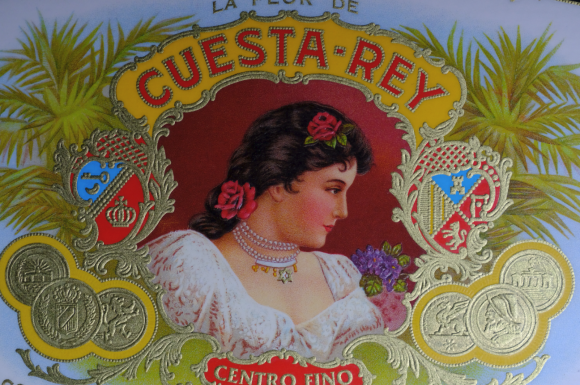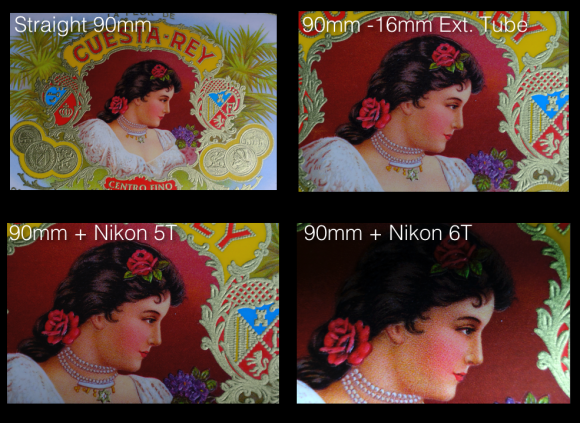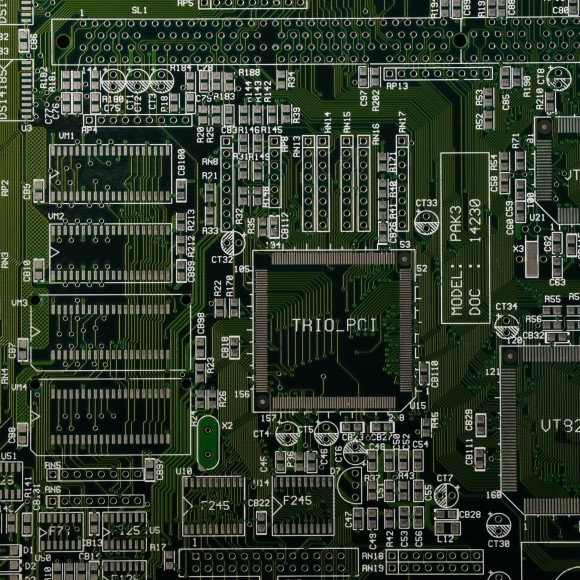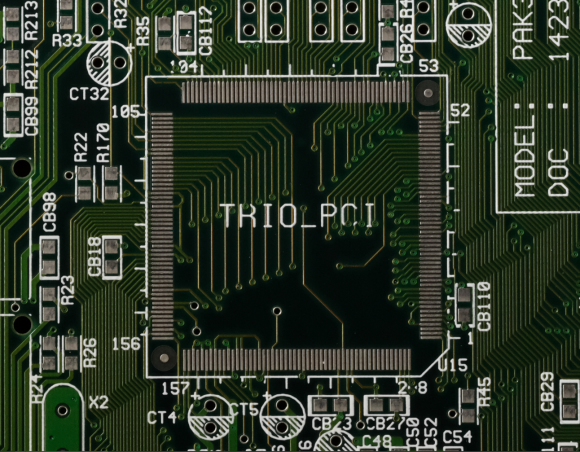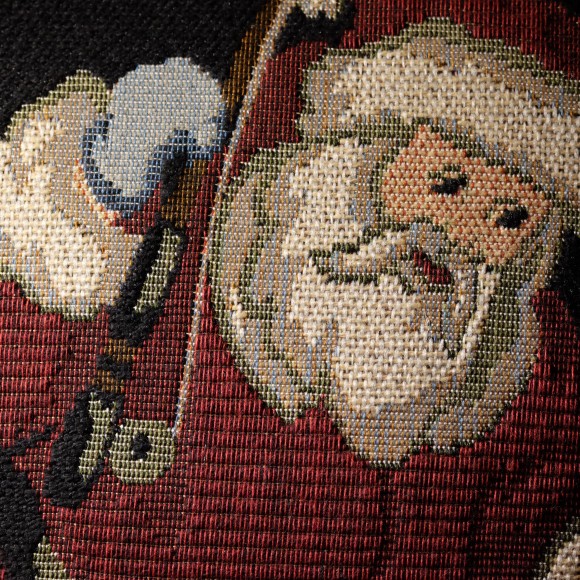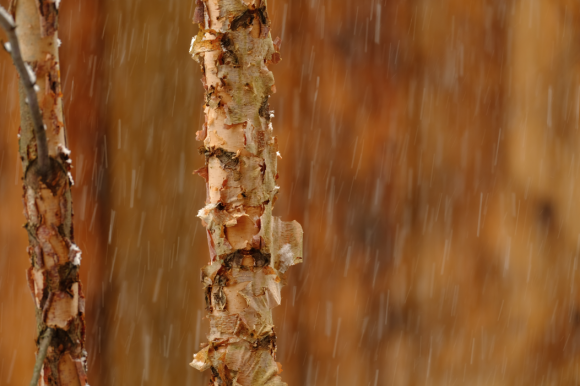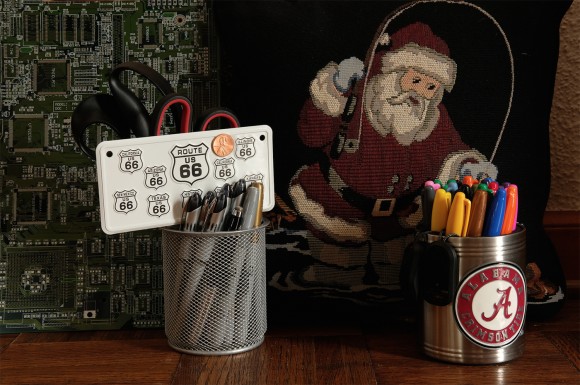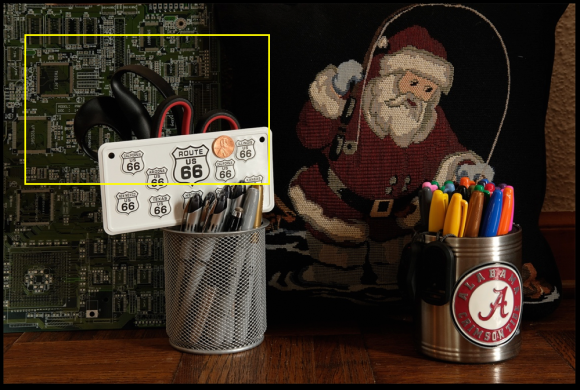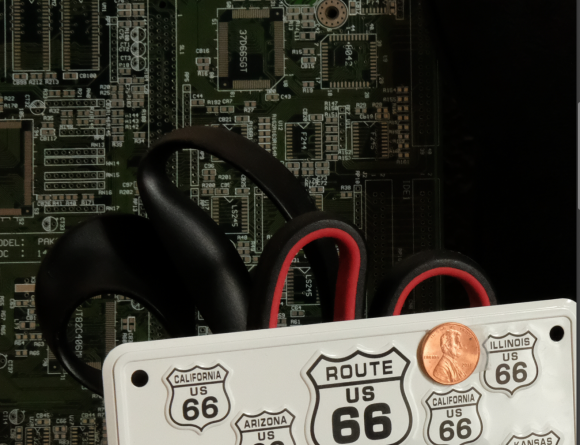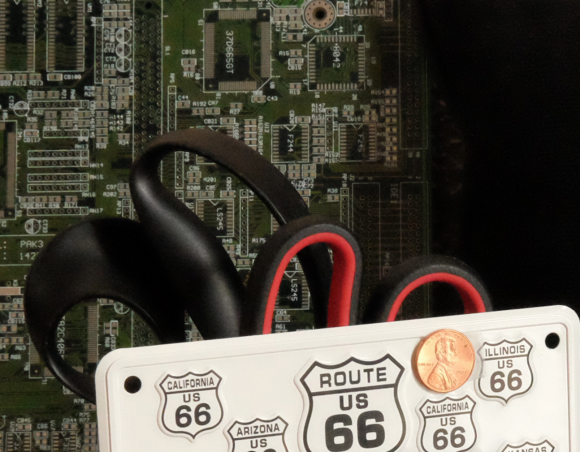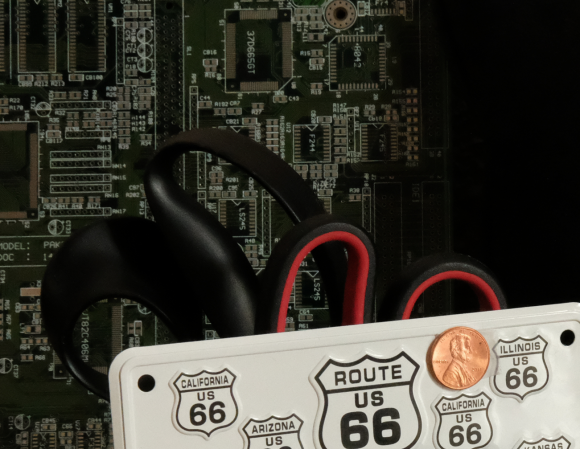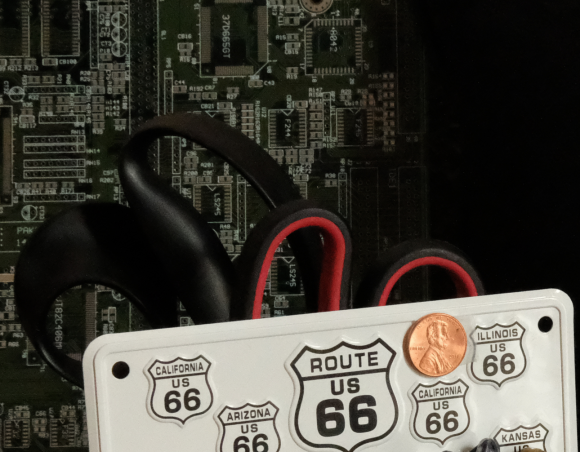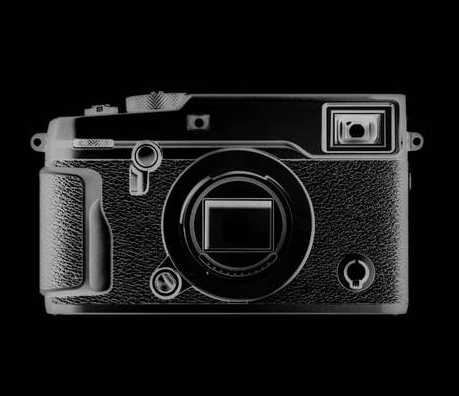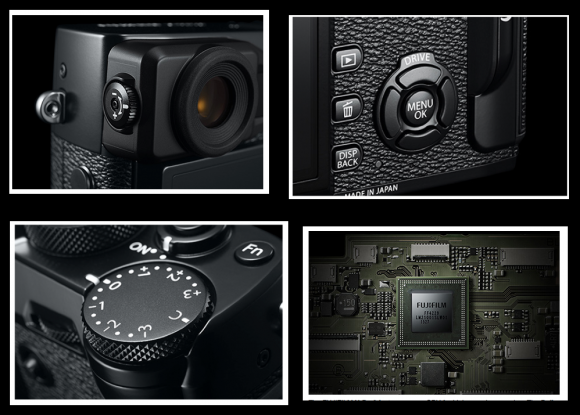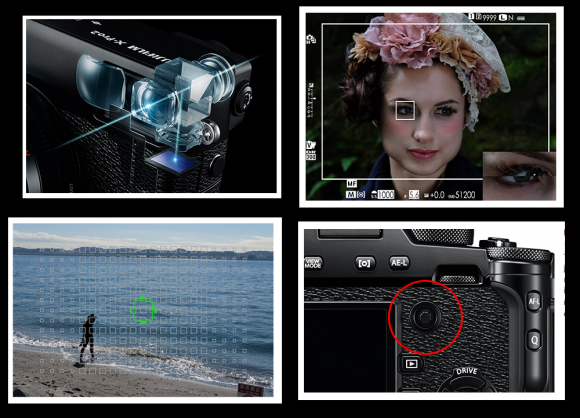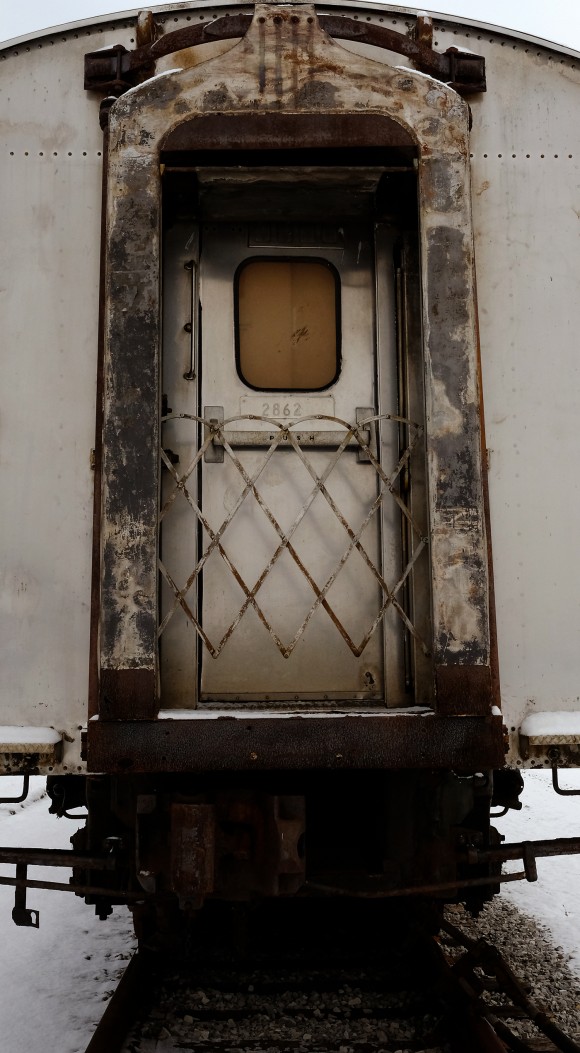Category : The Learning Center
For a couple of weeks I have been inundated with emails about the rumor that Fuji has decided not to make the 120mm f 2.8 Macro lens that goes 1:1! First I do not know whether that is true or not. I’m sure Fuji will produce some kind of longer focal length Macro lens, until they do I have a my Macro System; the 90mm f 2!!
Below is a series of images made with the 90mm lens, each are labeled. The 90mm f 2 is one of the very sharpest lenses I’ve ever shot, maybe “the most”! If you have the two Fuji automatic extension tubes ( the MCEX-16 and the MCEX-11), and if you can pick up a high quality two element diopters like the old Nikon 5T and 6T you can do a lot of close-up work to beyond life size or 1:1.
My example is a cigar box art, the image below is for your perspective.
Bottom Line: Macro lenses are convenient and I’m sure at some point Fuji will offer us an upgrade in terms of focal length to the current 60mm Macro, which is an excellent lens, but does not offer a ton of working distance, until then, the Fuji 90mm f2, automatic extension tubes and diopters are a great solution! If you happen to own the Fuji 1.4 converter you can put that behind the two extension tubes stacked and get even closer! Fun stuff!
Blessings,
the pilgrim
This post has 22 comments. Click here to read them
This entry was posted on Wednesday, May 4th, 2016 at 4:29 pm
You can follow any responses to this entry through the RSS 2.0 feed.
Summation: The X-PRO 2 really shines and shows it’s 33% more resolution in these examples!! I love my X-T1s, I have three but they will get little less use now that I have this incredible instrument to shoot. The bitingly rich resolution is just stunning. Micro fine detail and contrast is right up there with the D810, quite amazing. I will walk you through the examples I shot, but the summation won’t change, this is one hell of a camera!!! (excuse my French! 😉
All examples were shot with the subject cross/side lit with a LED light panel as the light source to create side lighting to show the most texture. The tripod mounted X-T1 and X-PRO 2 were mated with the sharpest lens I’ve ever owned, the 90mm f 2 All images shot at f 11 The rezed up images were taken to 6 foot by 6 foot at 100 dpi and a small section was cropped out of these blown up files.
In each sequence the first or top image is the X-T1 the bottom the X-PRO 2
Here we go:
Now the blow ups of these files:
Keep in mind these are 72 dpi images for the web, in the full res files the difference as much more apparent.
Round Two:
Now lets get big and close!
Once against the X-PRO 2 files are about a 1/3 stop darker and sometimes the detail is hard to seebut it’s there.
Where it really matters is unreal world application, the X-PRO 2 and the 100-400 do their job well!
Blessings,
the pilgrim
This post has 13 comments. Click here to read them
This entry was posted on Friday, February 12th, 2016 at 6:38 pm
You can follow any responses to this entry through the RSS 2.0 feed.
In order to compare the new 24.3 mega pixel sensor in the X-PRO 2 with the 16 mega pixel sensor of the X-T1 . I photographed the same scene with the 35mm f 2 set to f 11 on a sturdy tripod and with the self timer on a solid floor. I then rezed up the files to 300 dpi – 36″ X 24″ size and cropped out the yellow section below for comparison at large print size.
Let’s start at ISO 6400:
Now 12,800:
Finally ISO 25,600:
O.K. no more suspense, the top image in each category is the X-T1 the second the X-PRO 2. My evaluation is that the X-PRO 2 shows significantly more detail in the fine detail areas, no surprise with a 33% increase in mega pixels. I would have thought that noise would remain stable, but it has improved dramatically. the X-PRO 2 is at the very least 1 stop better than the X-T1, maybe stretching to almost 1.5 stops. Look at the black scissors, the X-PRO 2 not only has deeper black within noise to speak of, but much better texture detail as well. I can’t believe I’m saying this but I think I might actually rely on 25,600 if I had to, it looks remarkably good! How do you like those apples!!!!
None of this is rocket science, Fuji has found a way to process the noise even more effectively than before and sharpness and details have increased handsomely! Win – Win!
Now, you may have noticed that the X-PRO 2 images are darker than the X-T1s . Yet both were in the exact same lighting, both were shot at -1 exposure compensation same lens and f stop, f 11 and aperture priority. I think the multi pattern metering in the X-PRo 2 has been improved, as they are more perfectly exposured than the X-T1, if you have another explanation I would love to hear it, but for now I will love the exposures I’m getting out of this camera!!!!
Blessings,
the pilgrim
This post has 30 comments. Click here to read them
This entry was posted on Friday, February 12th, 2016 at 2:53 am
You can follow any responses to this entry through the RSS 2.0 feed.
By now you have read reams of reports, reviews and tests on the new Fuji X-PRO 2. There is little sense in my duplicating all of that, so I will approach this from a different direction. I would like to attempt to answer some key questions I had when I first heard about the X-PRO 2;
(1.) Is it a significant improvement over the XT-1 ( a camera a really love a lot!)?
Yes, it is Fuji’s latest and newest technology and, and in almost every way, it is an improvement over the last generation of cameras. Fuji looked at every performance category and found a way to bolster it. If you decide to purchase the X-PRO 2 you will have the most capable camera Fuji has ever produced in the X System line!
(2.) How much of a difference does the increase in resolution from 16 to 24.3 mega pixels really make?
This is not a scientific study, just a judgement based on a looking at thousands of image files over the past decade. Resolution wise a 33% increase is significant and it does lead to crisper more detailed images. Even though it is readily apparent even in small sizes, it will make the resulting prints in large sizes (feet by feet) very impressive indeed. You must understand that because the 24.3 mega pixels resides on an APS-C size sensor the pixel density gives resolution that is very much like a 36 mega pixel full frame sensor.
(3.) Does it in fact have as good or better high ISO – Low noise performance compared to the X-T1.
In the past packing that much resolution on an APS-C size sensor meant that you had to sacrifice noise at higher ISO settings, Fuji has conquered this somehow and now we can have very high effective resolution and extraordinary low noise even at very high ISO settings. So far I believe with this sensor you can shoot all the way to 6400 with almost no noise penalty. It is my opinion that Fuji’s noise levels were already essentially an industry standard, this sensor and processing chip take them to an even higher level!!! Mark this one down for 1 to 1-1/2 stops higher ISO with low noise.
(4.) How is the construction? How do the buttons perform?
All the buttons and controls are improved from the X-T1, they are raised more, and have a satisfying click when depressed. The four way pad on the back now does not need an application of sugru to work properly as the X-T1 did. Because of the new “Joy Stick” moving the focus points and menu items is now much easier and positive. The exposure compensation dial is larger and easier to turn with your thumb, though not too easy to be accidentally moved. The speed of operation for all function is aided greatly by the new X-Pro processor. The viewfinder now has a diopter correction that makes viewing much clearer without glasses. How do the numbers look?
(5.) Does it have any features or performance increases that make it a GAME CHANGER?
The optical viewfinder is absolutely wonderful. The bright line frames give a great view of the scene and what is happening outside your image area. This, added to the increase from 49 to 77 Phase Detection AF Pixels and the new camera is an auto focus monster. Being able to move the focusing points with the joy stick is, as they say in the MasterCard commercials, “Priceless!”
(6.) How useful is the Hybrid viewfinder?
This is a matter of what kind photography you do. If you are a newspaper or magazine photojournalist or a street shooter, the optical viewfinder is an absolute must! If you need to know what will enter your frame next, go and buy an X-PRO 2. The view is breathtaking and I have to say that even though I really don’t need an optical viewfinder, I love it. I still find the Electronic Viewfinder better for me because it shows what the final image will look like after you push the shutter release! The magic, the majesty of mirror less is a new beginning for photographers like you and me!
(7.) What are my feelings about overall Image Quality compared to the X-T1?
There is no question that the X-PRO 2 has raised the bar for image quality coming out of a Fuji X cameras. I don’t think I could put a percentage on the improvement, but it is clearly a sizable step up!
(8.) Does the X-PRO 2 elevate the Fuji X game?
You bet, and I can only hope and pray that the X-T2 whenever it comes, will have most of the advances included in the X-PRO 2. The Fuji engineers have done themselves very proud with this one.
(9.) Who needs the Fuji X-PRO 2?
If you want the latest and greatest, you need it! If you love rangefinders and want to take advantage of the incredible Optical Viewfinder order yours today!!! If you love your X-T1 and prefer that style of camera, and might want to wait for the X-T2. Just know you will be jealous of this sensor for a few months!!!
I went out this morning and tried to find a few things to test the camera on. Here is what I have so far!
Acros Film Simulation ISO 400 – 23mm f 1.4 lens
The Historic Sander’s Cafe sign at the original Harlan Sanders restaurant. 223mm f 1/4 lens at f 11 ISO 1600
Old rusty Volvo at one of my favorite antique stores. 23mm f 1.4 f 8 – ISO 400
Old passenger rail car door 23mm f 1.4 @ f 8 – ISO 200
Brightly painted door and wall. Velvia Film simulation 23mm f 1.4 @ f 8 ISO 400
L&N Railway painting on a brick wall in Corbin. 23mm f 1.4 @ f 8 – ISO 400
Metal Indiana Pacers sign. 23mm f 1.4 @ f 8 – ISO 400
So in summatioin, killer camera, many improvements, and if you are a Fuji X shooter, and need it’s special graces, order one today!!!
NEXT UP: Side by side image quality and noise comparisons with the X-T1!
Blessings,
the pilgrim
This post has 21 comments. Click here to read them
This entry was posted on Wednesday, February 10th, 2016 at 9:09 pm
You can follow any responses to this entry through the RSS 2.0 feed.



